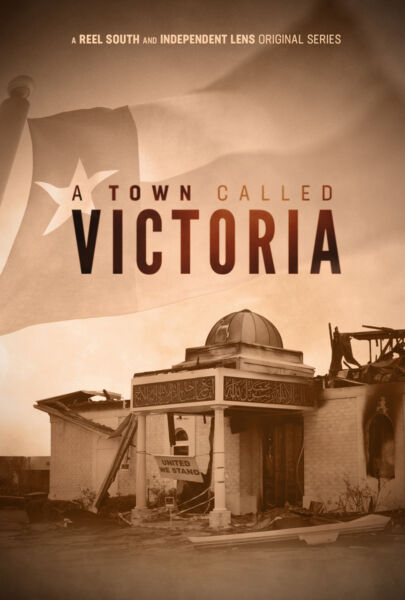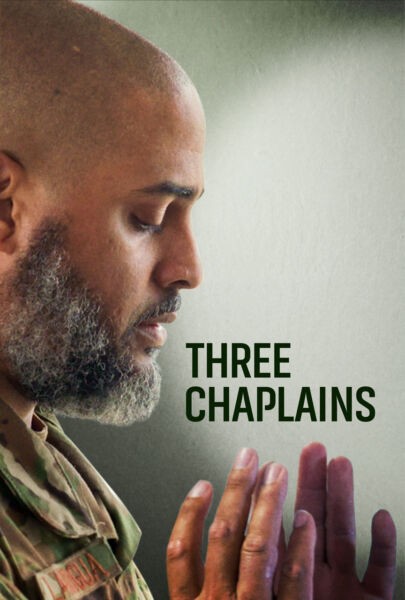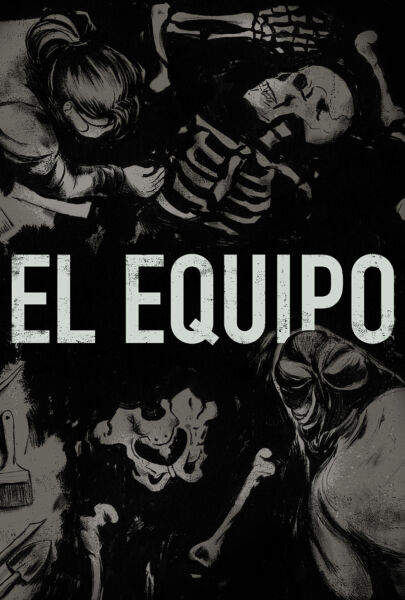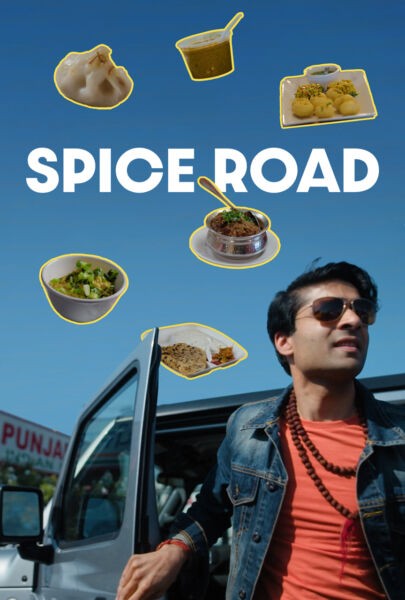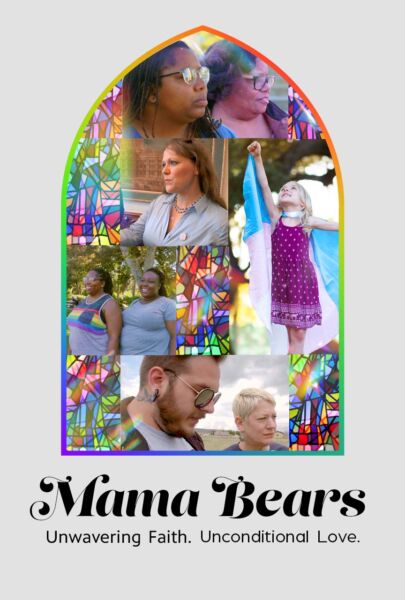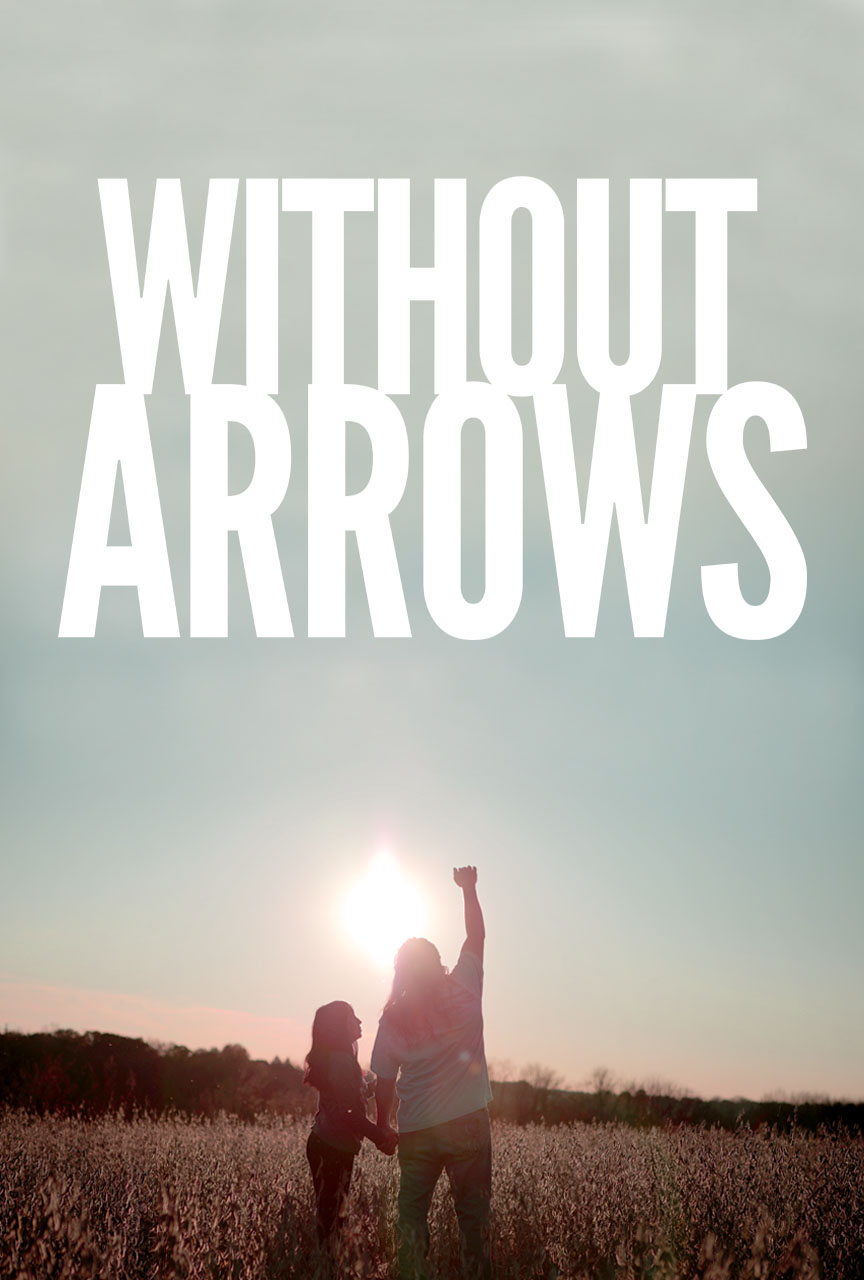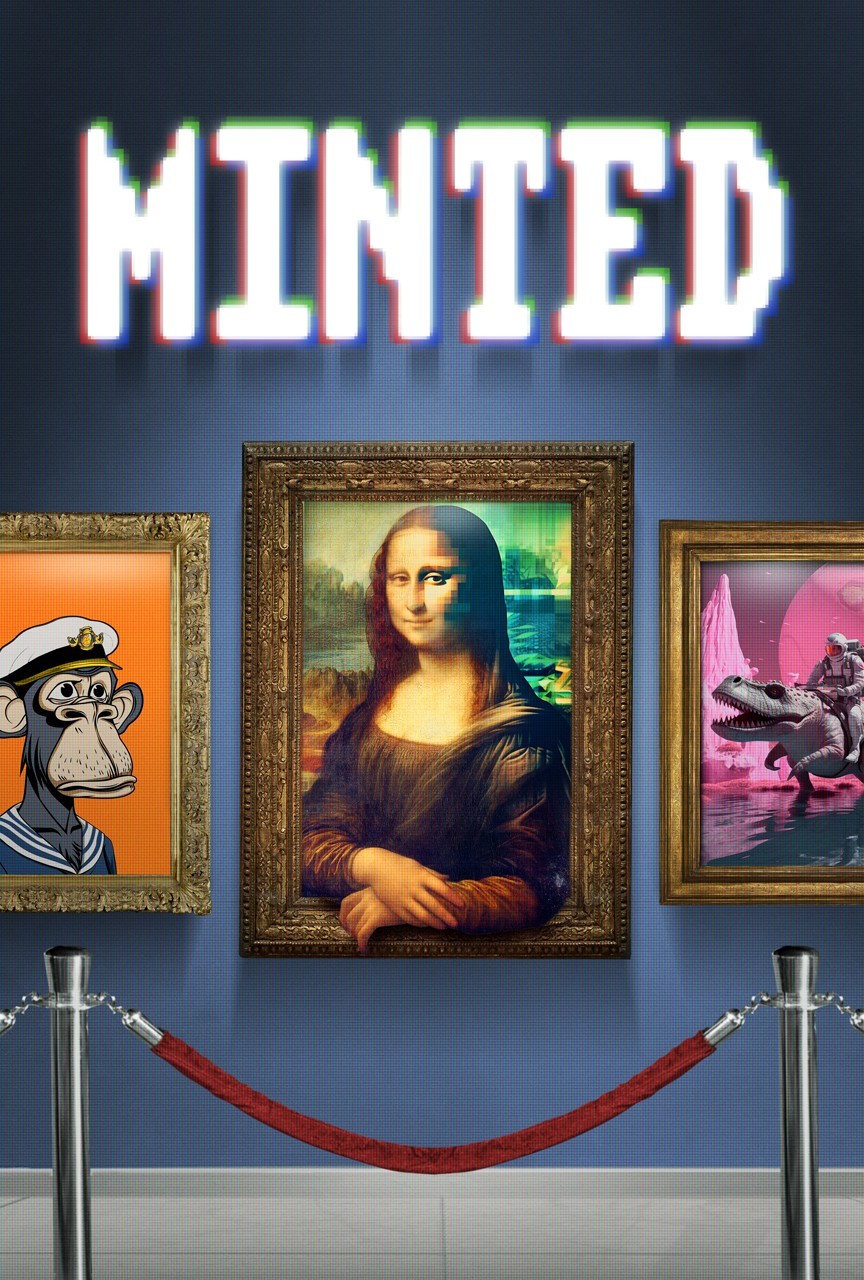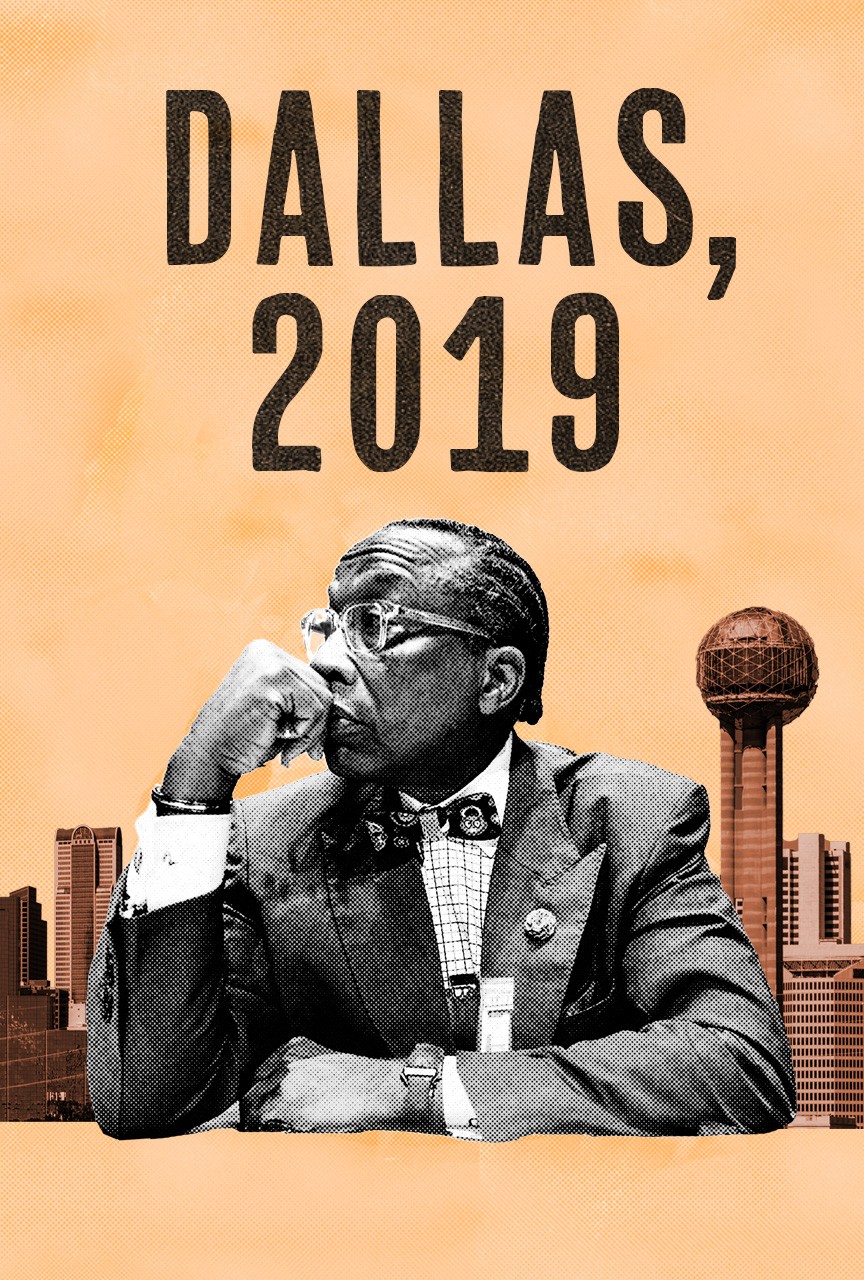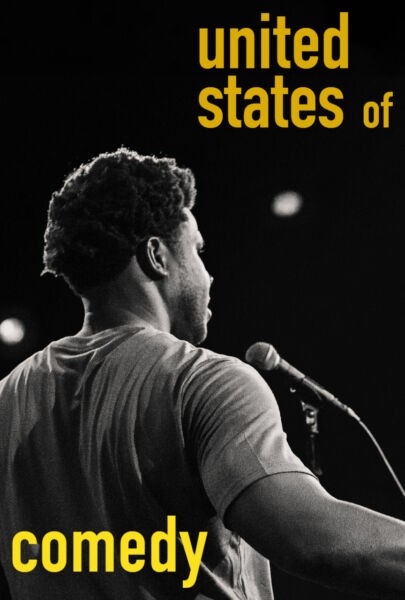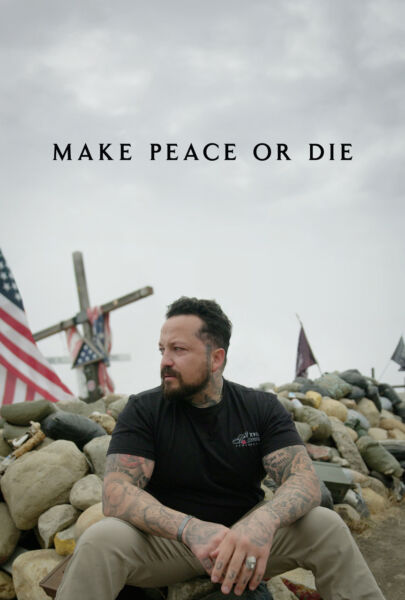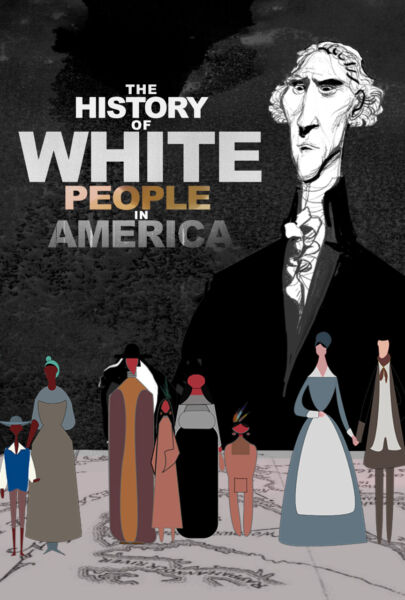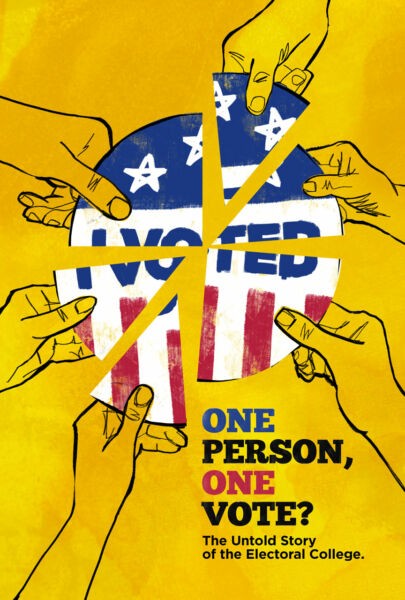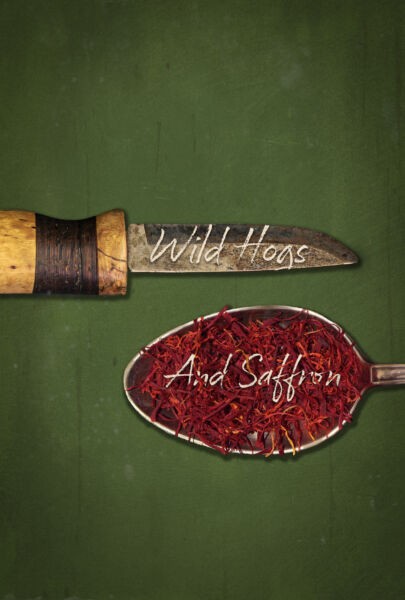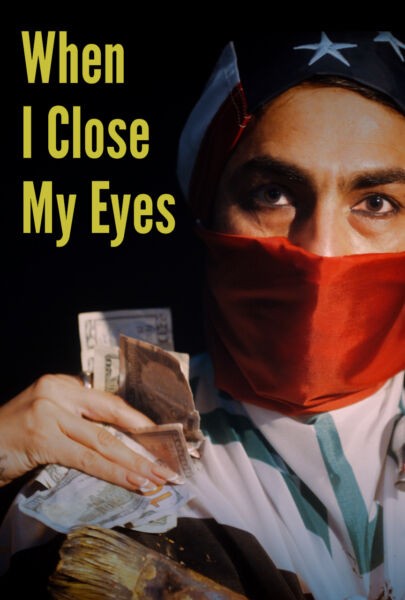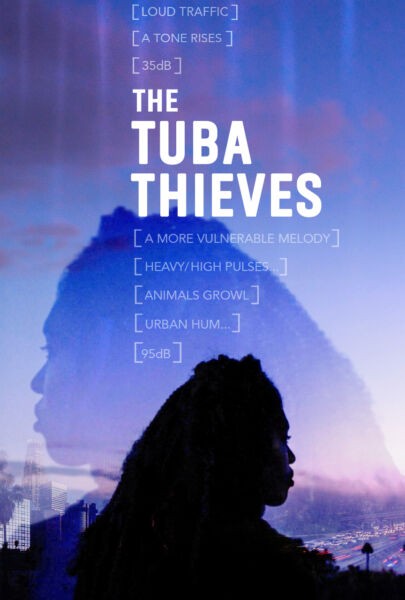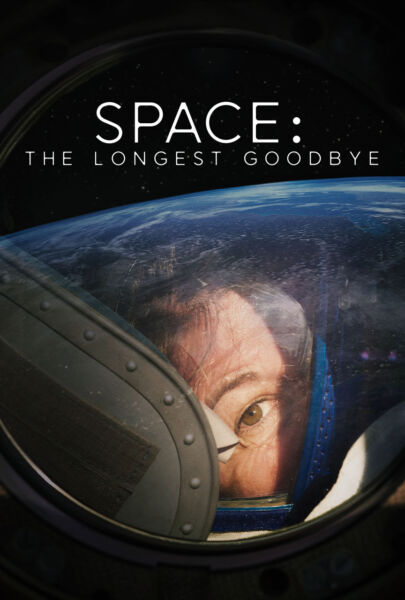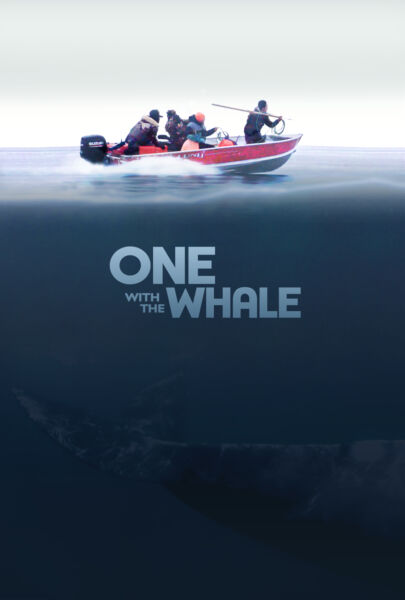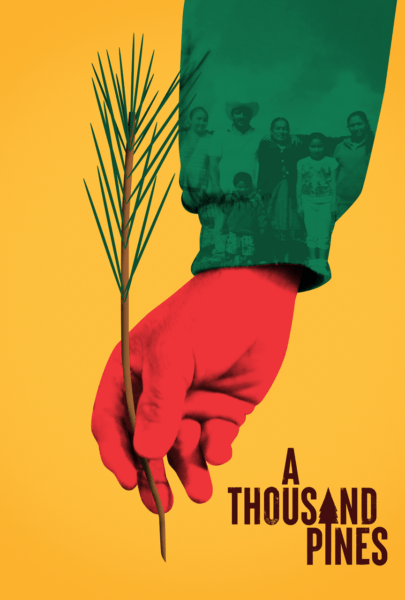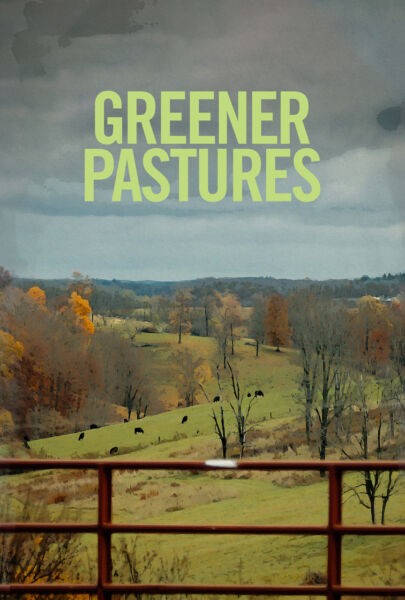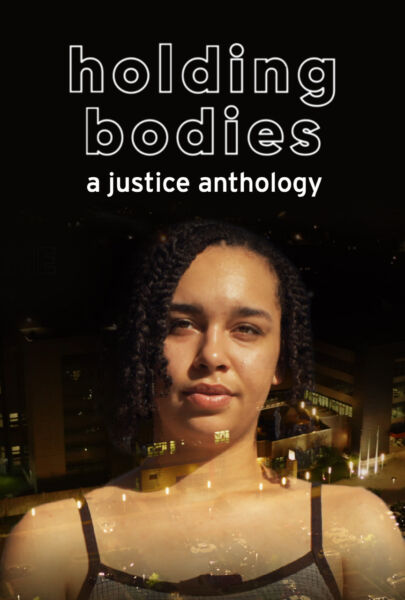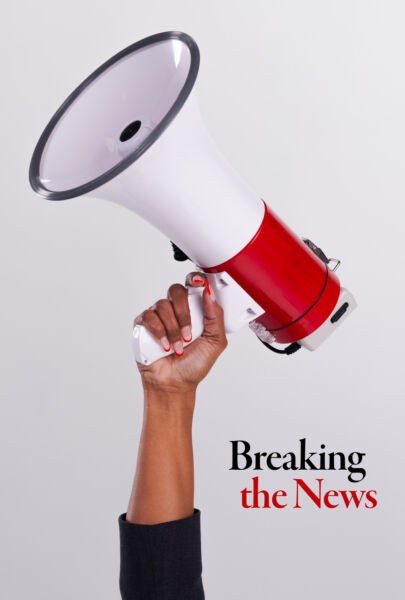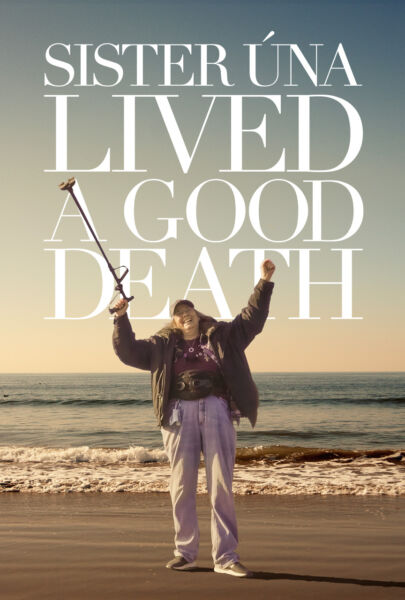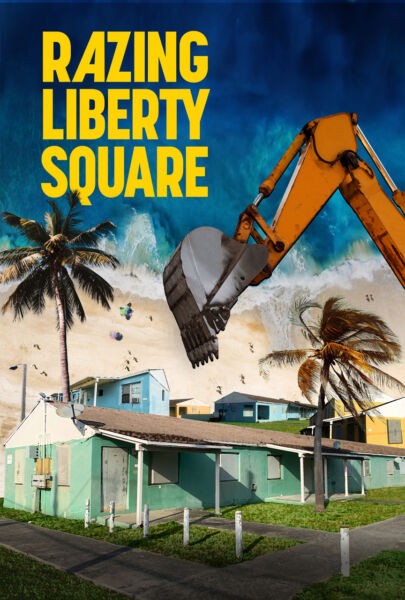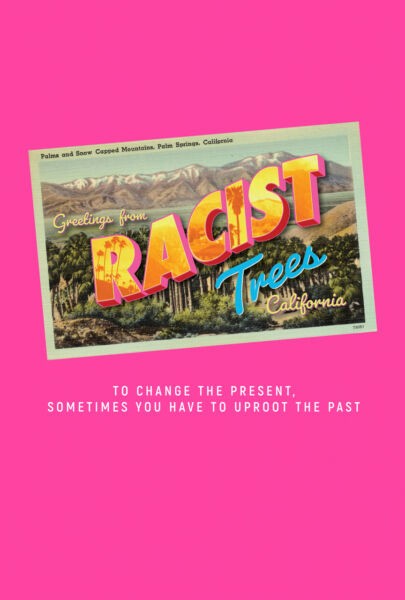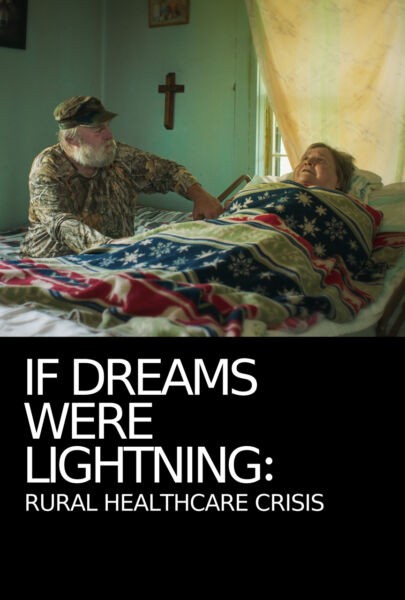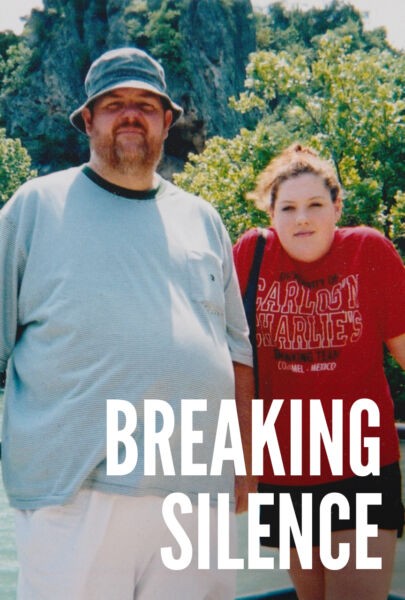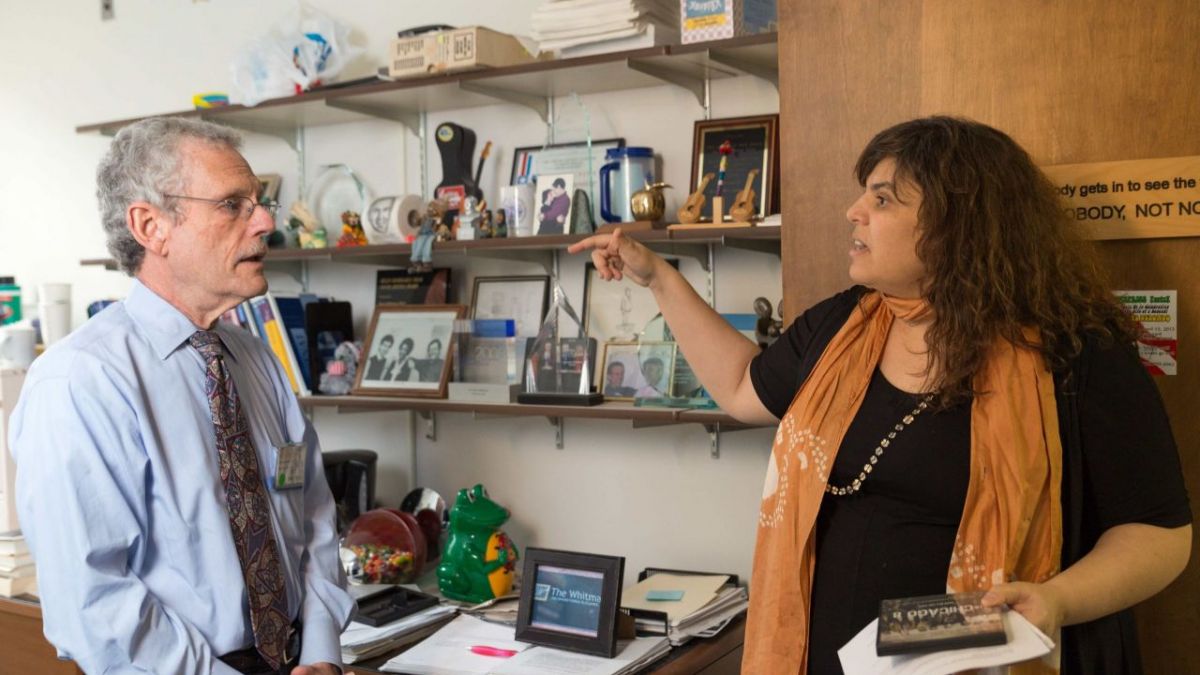
Documentary filmmaker Judith Helfand is best known for her ability to take the dark worlds of chemical exposure, heedless corporate behavior and environmental injustice and make them personal, highly-charged and entertaining. Her films include The Uprising of ‘34, the Sundance award-winning and 2x Emmy-nominated Blue Vinyl (about the health hazards of vinyl), its Peabody Award-winning prequel A Healthy Baby Girl, and Everything’s Cool. Many of these films have environmental themes, yet bring subjects that can often feel overwhelming down to a very personal live as a way “in” to these important stories, with her quirky sense of humor and irony, personal storytelling chops and emphasis on the power of transparency to get to the truth. All of that is never clearer than it is in her film Cooked: Survival by Zip Code.
Of the film, Ray Pride wrote in the Chicago Reader, “Helfand’s nonfiction adaption of Eric Klinenberg’s Heat Wave: A Social Autopsy of Disaster in Chicago is descriptive, but prescriptive, too. Helfand describes how perspective has shifted in the twenty-four years since [the heatwave] and the years the documentary has been in production. It’s not just climate change and patterns of vast weather distortion, it’s our perception of system failures that only begin at structural racism. As Helfand asks, ‘What if with a slight torque of the system and a reframe of the terms ‘disaster,’ ‘preparedness’ and ‘resilience,’ we could invest in the most vulnerable communities now—instead of waiting for the next ‘natural disaster’?’ Urgent questions, asked crisply and well.”
Helfand, who lives in New York with her five-year-old daughter Theodora, took time out to talk to us about what led her to make Cooked: Survival by Zip Code, and her unique approach in telling it.
For many Americans (like me) who were around then, even if aware of the Chicago heatwave of ‘95, we didn’t understand the full scope of the tragedy at the time. What was your first memory of learning about the tragedy?
I first learned about the heatwave when I read Eric Klinenberg’s book. I was amazed by his concept of a social autopsy, by the fact that an extreme weather event could reveal so much about our everyday life and the disaster underlying the disaster. By the refrigerated trucks that had to be used to store the overflow of bodies at the morgue. This heatwave and the 700 plus deaths revealed the health disparity, wealth gap, blight, lack of infrastructure and social isolation that comes with the long-term impact of segregation and our inability and unwillingness to face it.
But it took a “natural disaster” to force us to see the underlying man-made one. But as I say in the film, I don’t know what shocked me more, the specter of this story or the fact that I had no memory of it. Where was I? I was in an air-conditioned edit room on the Upper West Side, working on a film exploring my own personal disaster with DES-related cancer and I didn’t look up. (I was working on A Healthy Baby Girl). Oddly enough, there is a tumor registry for DES-related cancer in Hyde Park at the University of Chicago and my very cancerous life-threatening tumor is there in a paraffin block.
So a piece of me was in Chicago during the heat wave, in Hyde Park, the only South Side neighborhood on the Chicago City “Heat Death Poverty Map” that was neither shaded in for poverty or heat deaths. That neighborhood was fine. Even my tumor had air conditioning (and white privilege).
There are a lot of climate change documentaries and environmental documentaries. Your film has a unique approach. Can you talk about your style in wanting to make this film different than the usual?
I started out thinking we were just making a film about one city, one heatwave, one moment of extreme weather revealing acute disparity. I didn’t think we would leave Chicago or even leave the history of the heatwave and just focus on the past. Some historical films stay in the past and only allow the connections to the present to occur in the audience members’ minds.
But I felt like in this case we couldn’t just talk about the past, we had to talk about what the past helps us understand about the present.
I thought at first this film might be memory meets noir — we’d find people who remembered the heatwave and it would be 90 minutes of meticulously examining it from many different perspectives, like a crime thriller meets the climate crisis meets the underlying disaster of extreme disparity and racism.
And that might have been the case… but Hurricane Katrina hit the day we finished the trailer, which changed everything. I realized this was not a one-off, but instead another example of extreme weather revealing extreme underlying poverty and health disparity. I had no idea at the time that this would become a global paradigm and framework for discussing, and hopefully addressing, inequality and poverty in both the U.S. and globally in terms of the climate crisis’ impact on individual communities.
Katrina put disaster preparedness on everyone’s radar. It also made me see the critical role that front-line grassroots organizations play during a disaster, in the wake of and in the struggle to demand and ensure that there is truly just recovery, rebuilding and reinvestment in communities that are hurt the worst and were struggling to begin with.
That led me to explore both the on-the-ground anchor organizations in Chicago who are racing to address and deal with health inequity, food insecurity, local economic development, school closings [and the list of issues and social entrepreneurship goes on] every day. And the health disparity and life-expectancy gap led me to ask what do we even mean by disaster?
And that led me to the world of disaster preparedness, the only agency that has EMERGENCY in its title and has offices at every level of governance (local, county, city, state, federal). So that is how the story evolved.
Related to that, the film is both more epic/macro and also personal and micro, so it’s informative but also has a down-home feel. Why did you decide to be an on-screen character in the film–was it to be that audience surrogate?
When we started the film I really was not going to be in it, but the longer we worked on it the more we realized a few things. I was making leaps and connections that were not being made by any one of our characters that I could naturally follow. I did not want to be putting words in people’s mouths. When we did feedback screenings with very early cuts of the film–from the Hammer Museum to IDA and Docu-Club in NYC–we kept hearing from viewers that they wanted to see more of me, Judith, in the film, that they wanted me to be making the connections. I was wary, I didn’t want to fix the narrative challenges the film was having by using what I know. I know how to make personal films.
On the other hand it was honest and useful, and it enabled me to be transparent and take audiences with me on the ride.
During the making of the film we experienced several major hurricanes on the East Coast, with Sandy being the biggest, and several more throughout the country. The climate injustice story that we were exploring in Chicago was playing itself in other cities, [like] my hometown NYC, where I found refuge with my mother and brother. I could just go to them. I filmed that. And with it, I realized that this had to be not just an investigation into the underlying disaster and long-term impact of extreme disparity, but this film could speak to people like me, people who benefit from the system as it is and especially because of as it was.
For a while I made my learning about redlining, and realization that I was also a beneficiary of it, a more explicit section in the film. I used the Chicago redlining map as a portal to the map where my family’s Long Island starter ranch sat, in a very red-lined section of Nassau County Long Island, which was highly segregated.
I talked about how in 1963 my parents were steered to buy a small starter ranch in a neighborhood that was in an all-white town, by design, next to a town, that was essentially all-black. They easily got a $15,000 mortgage, they stayed there for over 40 years, the house grew in value and turned into their only and best investment. It financed their retirement and my education.
I never would have gone to NYU and become a filmmaker without that house. And I might not have truly understood that if not for making this film and connecting these dots. Realizations are easy… using them to change an unfair and deadly system, that is the big question.
White people have to talk about what it means to be a beneficiary of structural racism. We need to actually think about it and understand how this privilege influences everything about our lives. That’s what disasters do; it’s not just by the grace of god that a certain neighborhood or community gets through a weather disaster.
In most cases, even if you’re hit really hard and you have incredible losses, if you have equity, insurance, credit cards and extended credit, or even if you don’t have any of those things but you have family who do, the devastating losses are overcome, you can rebuild and move on.
But communities and individuals that have become marginalized bc of long-term structural racist and segregationist policies are going to be hit so much harder and longer by weather disasters in ways that they might never truly recover from. The recovery system and disaster preparedness industry is built around and supports the systemic inequities that already exist. So on one level it looks like a very compassionate arm of the government–one that pulls at all of us, our hearts, our compassion–for the moment.
But being able to prepare for a disaster, to rebuild, to recover is completely based on the privileges you have going into it. It’s hard to ask people of privilege to look at something unless you’re looking at it, too, and you invite them to come with you on the trip.
Ultimately, the best and perhaps most radical way for me to tell this story was to be really honest, utilize my personal cinematic tools and my voice and be me. So I am part interlocutor, part navigator, part disaster detective, and always a middle class white Jewish woman from NYC who’s using the privilege of her own experience to look at a much larger story of extreme heat meets extreme racism.
What’s one thing you’d love audiences to discuss (talk amongst themselves) after they watch Cooked?
I hope that when people watch Cooked: Survival by Zip Code they are in community and in conversation, preferably face to face, with people who are willing to embrace the question that starts and ends the film: So what’s the best way to prepare for disaster? Well, I guess it depends on where you live. And the kind of world we want to live in.
I hope the film pushes people to really look at their neighborhood and zip code’s infrastructure: the libraries, schools, access to healthy food, inviting green space, sit-down restaurants, stores without bullet-proof glass and a “main street” to gather. I hope people are moved to ask: what is the life-expectancy gap in my city? What is the public health crisis within five miles of where I live?
Over the past year, in screening after screening, in cities reeling from past natural disasters and/or facing slow motion public health crises, audiences have come together from different zip codes and sat face-to-face to talk about what “survival by zip code” means where they live.
Q&A’s get personal and sometimes even revelatory. People talk about inequity: who evacuates and who stays, who gets to rebuild and who never quite recovers, whose public schools and libraries are thriving and whose are being closed, who can just turn on the AC and who is afraid to go all the way down the block to get to a cooling center, and who died and dies alone, cooked behind closed doors.
And sometimes people get defensive, uncomfortable, even overwhelmed by the specter of the inequity and segregation that defines, informs and determines everything in our lives, and especially during and after a “natural” disaster.

Do you think environmental justice is “the next wave” of movements and change that’s coming? Are we at the point where people are willing to declare racism a disaster?
There is definitely a burgeoning movement to declare racism a public health crisis which began in 2019 and continues today. To date, counties/cities taking this action include Milwaukee, Cook County (Chicago), Madison, Pittsburgh (considering), St. Louis (proposed legislation to get gun violence declared a public health crisis).
We are deeply moved and excited by the power, eloquence and straightforward focus of these resolutions and think they are critical, radical and beyond time. In fact, we’ve decided to make these resolutions a centerpiece of our engagement campaign, built around a city-by-city approach that inspires other cities also suffering from the long-term impact of structural racism to adopt this methodology for change and in so doing, link public health crises to disaster preparedness in what could be a revolutionary way. Because citizens, elected officials and the disaster infrastructure we have created, are hard-wired to respond to anything officially declared a “crisis.”
I am more sure than ever that the only way to fully face and address the climate crisis is with solutions that help us face the life and death inequity and racism that determines who lives and dies everyday, no matter the weather.
Can you tell us what you’re working on next?
The logline: “Love & Stuff is a multi-generational love story that starts with a good death, takes off with an unexpected birth, and commits to the ride of a lifetime. Told from both sides of the camera and a thirty-year archive of home movies documenting life cycle challenges and universal rights of passage, filmmaker Judith Helfand, together with her mother Florence and long-awaited adopted daughter Theo, explores evolutionary life-changing love, grief, our complex attachment to ‘stuff’ and what it is that we really want to leave our children. Look out for it in 2020.”
I guess it’s fitting that I will watch the Cooked broadcast with my daughter Theodora, who is now 5½. This film has been a consistent part of our life together. When I started it I was not a mother. I was working on it throughout my mother’s illness and death. It was what I was working on and getting her opinion on, the film I looked at over many years and iterations, cuddled up next to her, especially towards the end of her life. I was working on this film over all the years I was trying to adopt.
I got my first call about a possible “match” with a birth mother while I was shooting the last scene [for Cooked], the crazy disaster preparedness mock tornado drill in Englewood. I took the call while at that site, while the drill was happening all around me. I was not a mother when I started. And over a decade later, I am a mother to a Black Jewish daughter who is almost six.
Perhaps this film has prepared me for how I answer her questions, for how I tell her about how the world works, and what we have to do to be a part of bettering it. It’s also the film that Theo first “saw” her grandma in, and it is the reason why mommy is not home a lot. It’s the film that launched Theo on a film festival junquet this past summer from Yale to Philadelphia to San Francisco to Traverse City. So [while we watch Cooked together] I will say to her: this is what mommy does. She works and works on a film, until one night she does not have to hit “play” and the film goes on by itself, whether she is watching it or not. And yes the elephant animation at the front is in honor of you and our name (which means Elephant in Yiddish), and that is the sound of the shofar. Because we want everyone to open their hearts and “listen up.”


